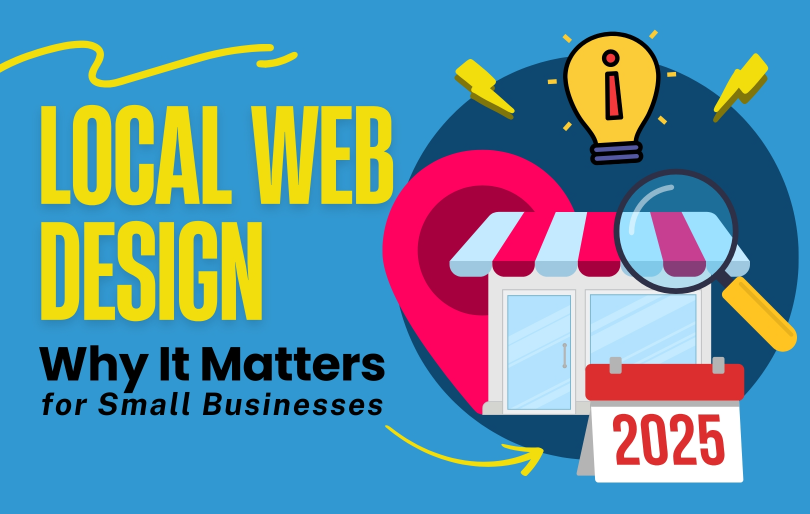Local Web Design: Why It Matters for Small Businesses in 2025
In an increasingly digital world, local web design is no longer just an option for small businesses—it’s a necessity. As we navigate through 2025, the importance of a visually appealing, user-friendly website has never been more critical. A well-designed website does more than impress; it builds trust and facilitates connections with local customers who seek businesses that understand their community’s unique needs.
With a significant portion of consumers starting their buying journey online, optimizing your online presence through local web design directly influences foot traffic and sales. From showcasing products to sharing local stories, a tailored website helps small businesses stand out amidst big competition. In this article, we’ll explore why investing in local web design is vital for small businesses looking to thrive in their communities and capture the attention of potential customers effectively. Join us as we delve into the elements that can elevate your business in 2025 and beyond.
The Rising Importance of Local Web Design in 2025
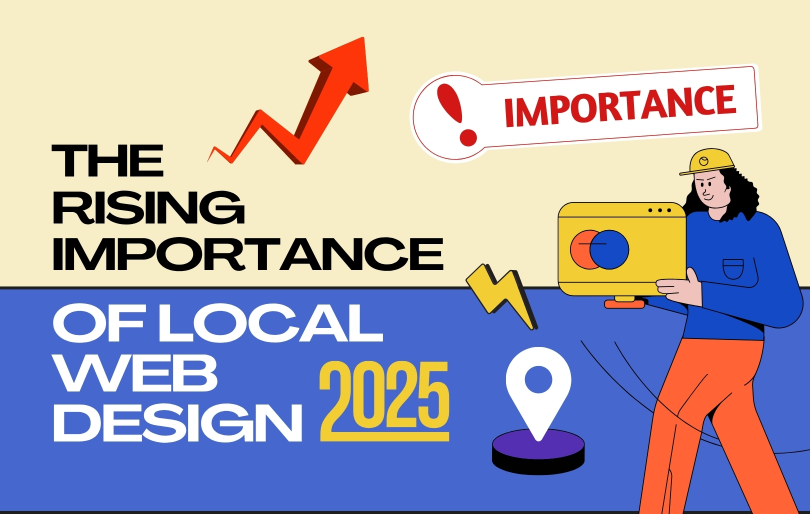
As we venture deeper into the digital age, the landscape for small businesses continues to evolve, and web design has emerged as a critical factor in their success. In 2025, the significance of local web design cannot be overstated. With consumers increasingly turning to the internet for their purchasing decisions, a well-crafted local website serves as the cornerstone of a small business’s online presence. In fact, having a strong presence through local SEO strategies for Virginia businesses ensures your website connects with the right audience. It is not merely about having a website, but about having one that resonates with the local audience, reflecting the community’s culture and values.
Local web design goes beyond aesthetics; it is about creating an online environment that feels familiar and welcoming to the local audience. By incorporating local landmarks, vernacular, and community events into the design, small businesses can create a sense of belonging for their visitors. This approach not only draws in local customers but also fosters a loyal customer base that feels a personal connection to the business.
Moreover, the rise of mobile technology and the increasing reliance on smartphones for everyday tasks have made local web design even more crucial. Consumers expect seamless experiences across all devices, and a locally optimized website ensures that small businesses meet these expectations. By leveraging local web design, small businesses can stay ahead of the curve, ensuring they remain relevant and competitive in an ever-changing digital marketplace.
How Local Web Design Builds Trust with Your Community
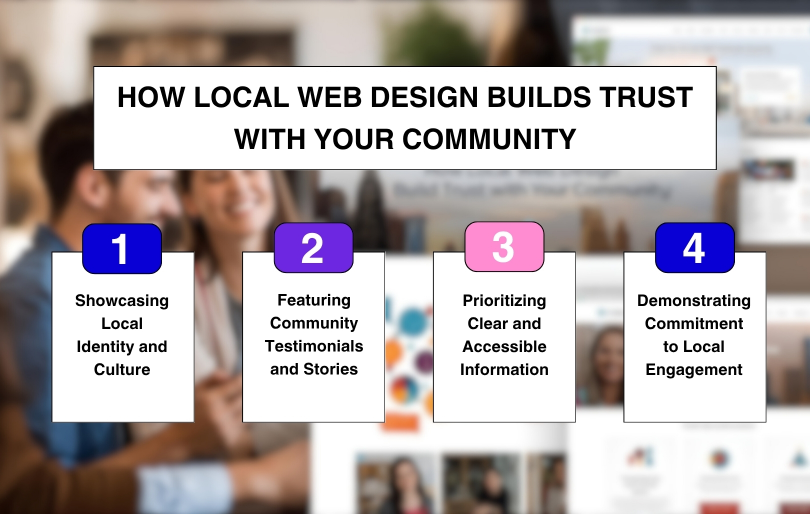
Local web design strengthens the bond between businesses and their communities by creating authentic, relatable, and user-friendly online experiences. A website tailored to reflect local values, culture, and needs fosters trust, credibility, and loyalty among potential customers.
1. Showcasing Local Identity and Culture
Websites that reflect local aesthetics, landmarks, or cultural elements immediately resonate with community members. This sense of familiarity reassures visitors that the business is rooted in their area and understands their values, fostering stronger emotional connections.
2. Featuring Community Testimonials and Stories
Highlighting reviews, testimonials, or success stories from local customers demonstrates credibility and builds social proof. Real experiences from community members assure potential clients that the business consistently delivers value and is trusted by their peers.
3. Prioritizing Clear and Accessible Information
A trustworthy local website offers accurate contact details, business hours, and easy-to-navigate pages. When visitors quickly find what they need, it shows transparency and professionalism, reinforcing their confidence in the business’s reliability and accessibility.
4. Demonstrating Commitment to Local Engagement
Including updates about community events, sponsorships, or local partnerships proves that the business is actively involved in the area. This visible investment in community well-being builds loyalty and encourages customers to choose a brand that gives back locally.
Incorporating feedback via customer testimonial videos boosts credibility and reinforces the business’s roots in the community.
Mobile-Friendly Design: A Must for Small Businesses
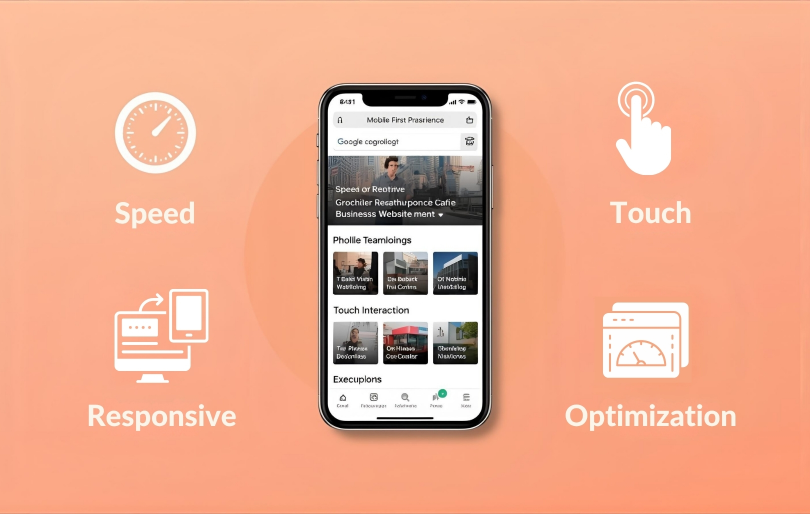
In today’s fast-paced world, mobile devices have become an integral part of our daily lives. From browsing the internet to making purchases, smartphones and tablets are now the primary tools for accessing information on the go. For small businesses, having a mobile-friendly website is no longer optional—it’s a necessity. A mobile-optimized site ensures that potential customers can easily navigate and interact with the business, regardless of the device they are using. Discover more about the importance of mobile-friendly web design and how it supports growth in a digital-first economy.
A mobile-friendly design enhances the user experience by providing a seamless and intuitive interface. It allows users to quickly find the information they need, whether it’s the business’s contact details, product offerings, or service descriptions. Responsive design elements, such as touch-friendly buttons and simplified navigation menus, make it easy for mobile users to engage with the website, leading to higher satisfaction and increased conversions.
Additionally, search engines like Google prioritize mobile-friendly websites in their ranking algorithms. This means that a mobile-optimized site is more likely to appear at the top of search results, driving more organic traffic to the business. For small businesses looking to compete with larger competitors, this visibility is crucial. By investing in mobile-friendly design, small businesses can ensure they reach a broader audience and stay relevant in an increasingly mobile-centric world.
Showcasing Local Identity Through Tailored Web Design
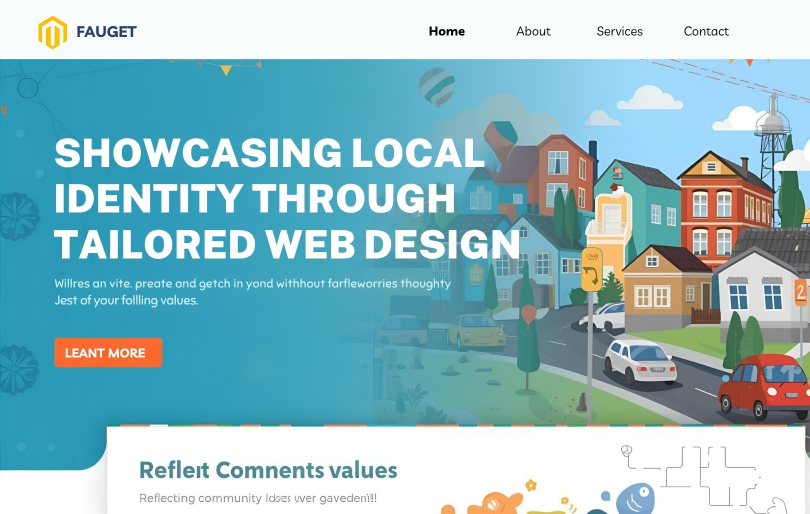
A unique local identity sets small businesses apart from their competitors, and showcasing this identity through tailored web design is essential for capturing the attention of local customers. A website that reflects the local culture, values, and aesthetics creates an immediate connection with visitors, making them feel understood and appreciated. This personalized approach not only attracts local customers but also helps build a loyal customer base that identifies with the business.
Incorporating local elements into the web design can be done in various ways. Visual elements such as images of local landmarks, community events, and familiar faces can evoke a sense of pride and belonging. The use of local language, slang, and references in the content further enhances this connection, making the website feel more relatable and authentic. Additionally, highlighting local partnerships, collaborations, and testimonials can reinforce the business’s commitment to the community.
Tailored web design also involves adapting the website’s functionality to meet the specific needs of the local audience. Our blog on graphic design trends in Maryland for 2025 also highlights the role of regional aesthetics in connecting with community-based audiences. This could include features such as local delivery options, event calendars, and community forums. By providing these localized services, small businesses can offer a more personalized and relevant experience to their customers. In essence, a tailored web design not only showcases the local identity but also enhances the overall user experience, leading to increased customer satisfaction and loyalty.
User Experience and Navigation: Keys to Customer Retention

User experience (UX) and navigation are critical factors in retaining customers and ensuring their satisfaction. A well-designed website should provide a seamless and intuitive experience, allowing users to easily find the information they need and complete their desired actions. For small businesses, prioritizing UX and navigation is essential for keeping customers engaged and encouraging repeat visits.
Effective navigation involves organizing the website’s content in a logical and user-friendly manner. This includes clear and concise menu structures, intuitive categorization of products or services, and easy-to-find contact information. Implementing search functionality and filtering options can further enhance the user experience, allowing visitors to quickly locate specific items or information. By simplifying the navigation process, businesses can reduce frustration and increase the likelihood of conversions.
User experience extends beyond navigation to encompass the overall design and functionality of the website. This includes responsive design elements that ensure the site looks and performs well on all devices, fast loading times, and accessible features for users with disabilities. Learn how these principles tie into essentials of web design for small businesses, particularly in improving conversions. Additionally, incorporating interactive elements such as chatbots, customer reviews, and social media integration can enhance engagement and provide a more dynamic experience. By focusing on UX and navigation, small businesses can create a positive and memorable online experience that encourages customer retention and loyalty.
Local Storytelling: Connecting Customers to Your Brand Online
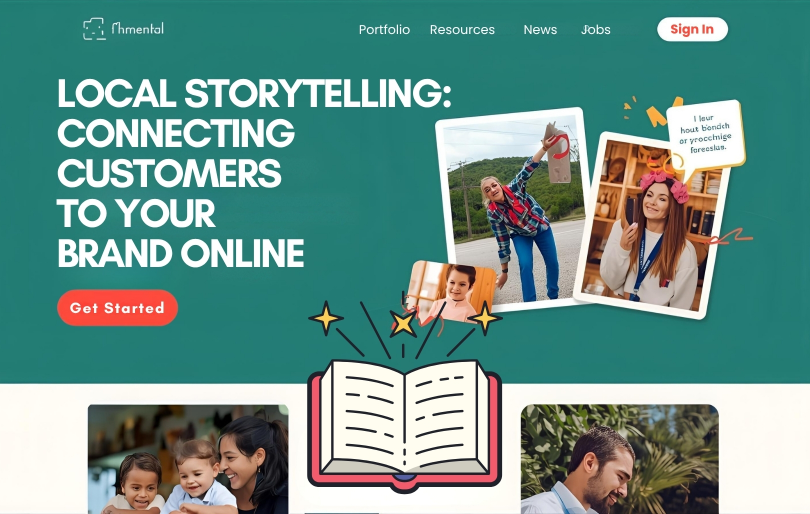
Storytelling is a powerful tool for connecting customers to a brand, and local storytelling takes this connection to the next level. By sharing authentic stories that resonate with the local community, small businesses can create a deeper emotional bond with their audience. This approach not only humanizes the brand but also fosters a sense of shared identity and values, making customers more likely to support the business.
Local storytelling can be incorporated into various aspects of web design. For example, the “About Us” page can feature the business’s history, highlighting its roots in the community and its journey over the years. Customer testimonials and case studies can showcase real-life experiences and success stories, adding credibility and relatability to the brand. Additionally, creating a blog or news section that covers local events, industry trends, and community initiatives can position the business as a trusted and engaged member of the community.
Visual storytelling is equally important, with images and videos playing a crucial role in conveying the brand’s message. High-quality visuals that capture the essence of the local area, its people, and its culture can evoke strong emotions and create a lasting impression. By leveraging local storytelling, small businesses can build a unique and compelling brand narrative that resonates with their audience, driving engagement and loyalty.
Cost-Effective Web Design Solutions for Small Businesses

Small businesses don’t need massive budgets to build powerful websites. By focusing on affordable strategies, prioritizing essential features, and leveraging the right tools, entrepreneurs can achieve professional, user-friendly, and effective web design without overspending.
Leveraging Website Builders and Templates
Modern website builders and templates provide customizable, affordable options that require no advanced coding. With drag-and-drop functionality and mobile-responsive designs, small businesses can quickly launch polished websites while saving thousands in upfront development costs.
Prioritizing Core Features Over Extras
Cost-effective web design focuses on what matters most: responsive layouts, clear navigation, and optimized content. Avoiding unnecessary add-ons keeps expenses low while ensuring the website delivers excellent user experiences and supports long-term business goals.
Outsourcing to Freelancers or Small Agencies
Hiring freelancers or boutique design agencies offers affordable access to professional skills. These experts often deliver tailored solutions at lower rates than large firms, giving small businesses high-quality design within budget-friendly pricing structures. We explore more cost-saving ideas in our article on website maintenance tips for business owners.
Using Scalable Solutions for Growth
Investing in scalable web design ensures the site can expand as the business grows. Choosing platforms that allow easy updates, integrations, and feature additions prevents costly redesigns and maximizes return on investment.
Choosing the Right Local Web Design Agency

Selecting the right web design agency is a critical step for small and mid-sized businesses that want to build a strong online presence and connect with their community. To make the best choice, business owners should look for a few key qualities:
- Proven Experience & Portfolio – Reviewing an agency’s previous projects helps ensure they have the creativity, technical skills, and track record to deliver high-quality websites.
- Local Market Knowledge – An agency that understands the local culture, customer expectations, and business environment can design a website that truly resonates with the target audience while also performing well in local search results.
- Strong Communication & Collaboration – A successful web design project requires clear communication. The right agency should be responsive, open to feedback, and committed to working closely with you to bring your vision to life.
For businesses across Virginia, Maryland, and the DC metro area, Adzeem brings all of these qualities together. We combine a diverse portfolio of successful projects with deep local market knowledge and a client-first approach to communication. Our team knows what it takes to design websites that not only look professional but also attract local customers and drive business growth.
That’s why so many local businesses choose Adzeem as their trusted web design partner—because we don’t just build websites, we build platforms for growth tailored to our community.
Conclusion: Investing in Local Web Design for Future Growth
As we navigate through 2025, local web design has become an indispensable tool for small businesses looking to thrive in their communities. A well-designed website that reflects the local culture, values, and needs not only attracts local customers but also builds trust and fosters loyalty. By prioritizing mobile-friendly design, optimizing for local SEO, and focusing on user experience and navigation, small businesses can create a compelling online presence that drives engagement and conversions.
Local storytelling further enhances the connection between the business and its community, creating a unique brand narrative that resonates with customers. Cost-effective web design solutions and careful selection of the right local web design agency ensure that even small businesses with limited budgets can achieve professional and impactful results. Want to build a site that speaks to your local audience? Check out Adzeem’s local web design services tailored for small businesses in the DMV area.
In conclusion, investing in local web design is a strategic move that pays long-term dividends. It positions small businesses for future growth by enhancing their online visibility, building strong customer relationships, and differentiating them from larger competitors. As the digital landscape continues to evolve, small businesses that embrace local web design will be well-equipped to navigate the challenges and opportunities of the future, ensuring their continued success and prosperity.
